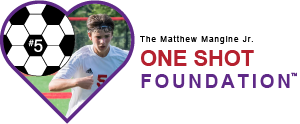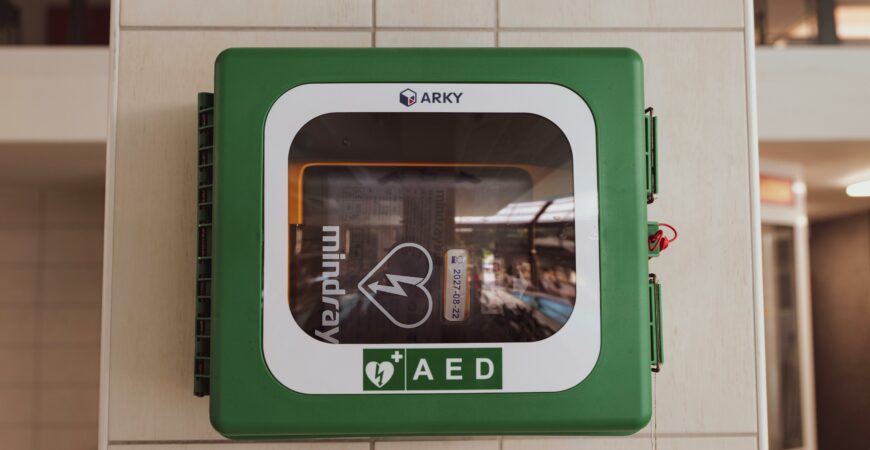News reports have increased this century about young athletes collapsing on playing fields during sporting events or practice. Many people don’t know the difference between cardiac arrest and a heart attack, but understand both are serious conditions that require immediate medical attention. Here’s what you should know about young athletes regarding the heart.
Cardiac Arrest vs Heart Attack
Cardiac arrest, which tends to be more severe, occurs when the heart no longer pumps blood through the body and the person stops breathing. A heart attack, by contrast, happens when coronary arteries get blocked, as the heart muscle loses blood supply.
Sudden Death Rates for Young Athletes
Sudden cardiac arrest has become the leading cause of death among young athletes, according to Mayo Clinic Health System. An estimated 1 in 50,000-80,000 young athletes suffer from sudden cardiac death each year.
Recognizing Symptoms Early
It’s important to recognize symptoms of cardiac arrest early for effective response. Cardiac arrest on the field can be caused by a chest injury, but it may also be due to a thickened heart muscle or a congenital heart defect. A sped up heartbeat up to 200 beats per minute can be a sign of danger.
Role of Automated External Defibrillators (AEDs)
AEDs can be lifesaving technology at treating cardiac arrest. About 5 percent of sudden cardiac victims are successfully resuscitated with the help of AEDs, usually within ten minutes of collapse. Communities with AED machines and people who know CPR see a greater survival rate than those without AEDs.
The steps in how to use an AED involve applying patches that connect with a defibrillator to the chest area. CPR is then applied to the victim. It’s crucial to call 911 as soon as possible.
The Matthew Mangine Jr. “One Shot” Foundation
Young high school soccer player Matthew Mangine was a happy kid who had many friends with a spirit of helping others. He was a car enthusiast and a fan of country music. Unfortunately, on June 16, 2020 he collapsed during soccer practice and passed away at the age of 16. It was another wake up call for parents to seek deeper information on health and safety for their children.
The One Shot Foundation is dedicated to raising awareness about cardiac health and athlete safety. Visit the website to learn more about the organization and the importance of learning about safe conditions for young athletes. You only have One Shot to save a life!

